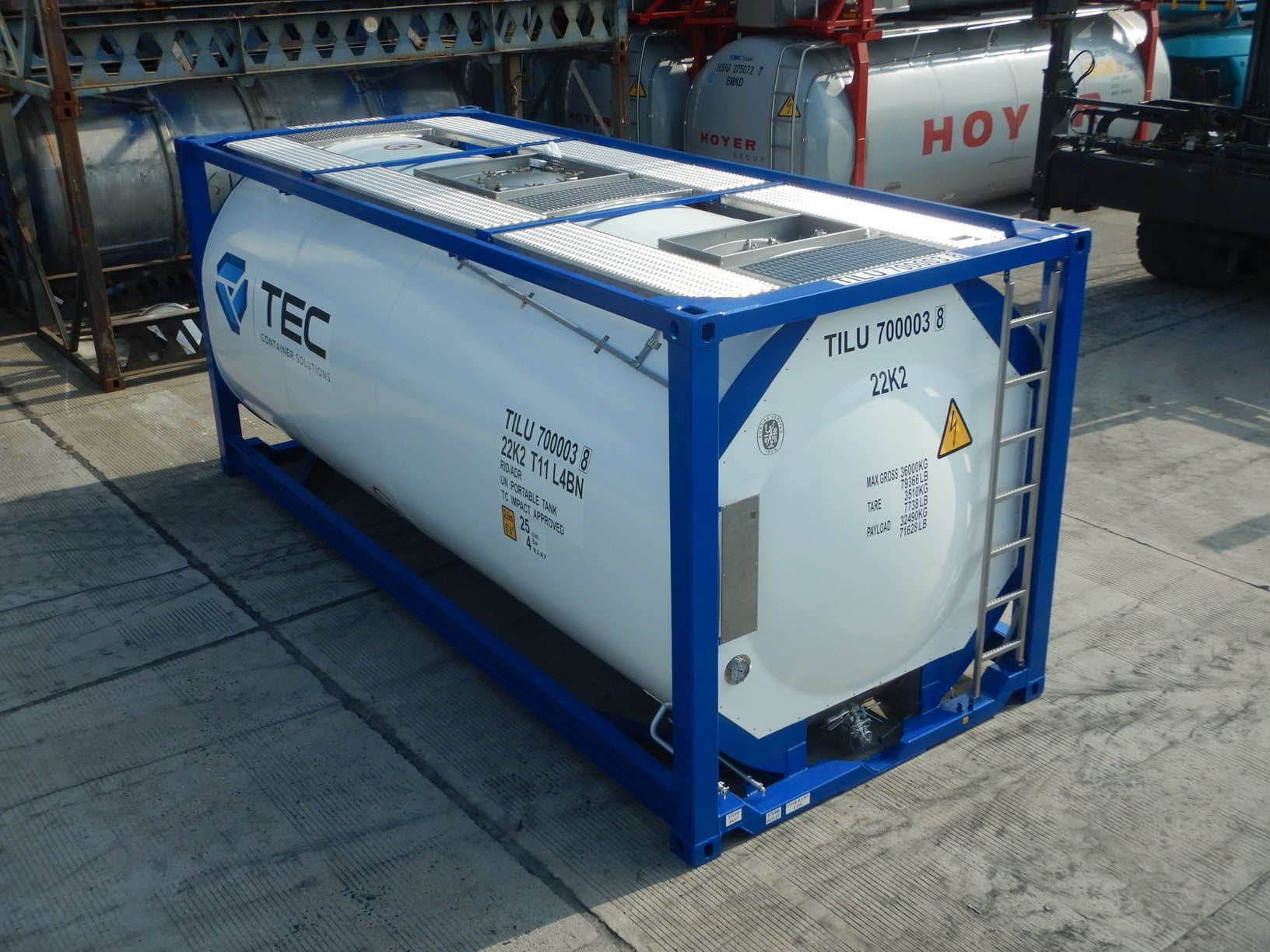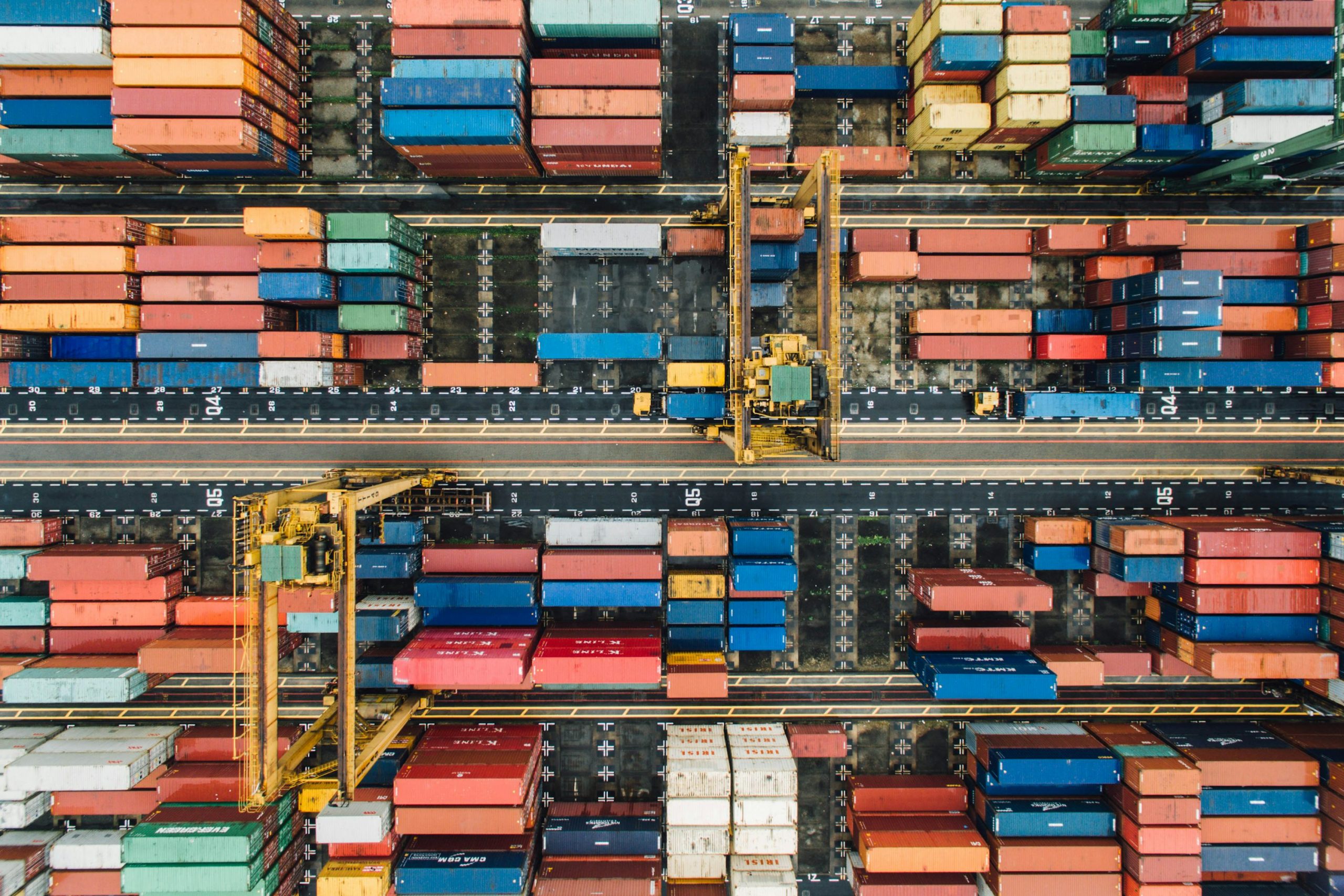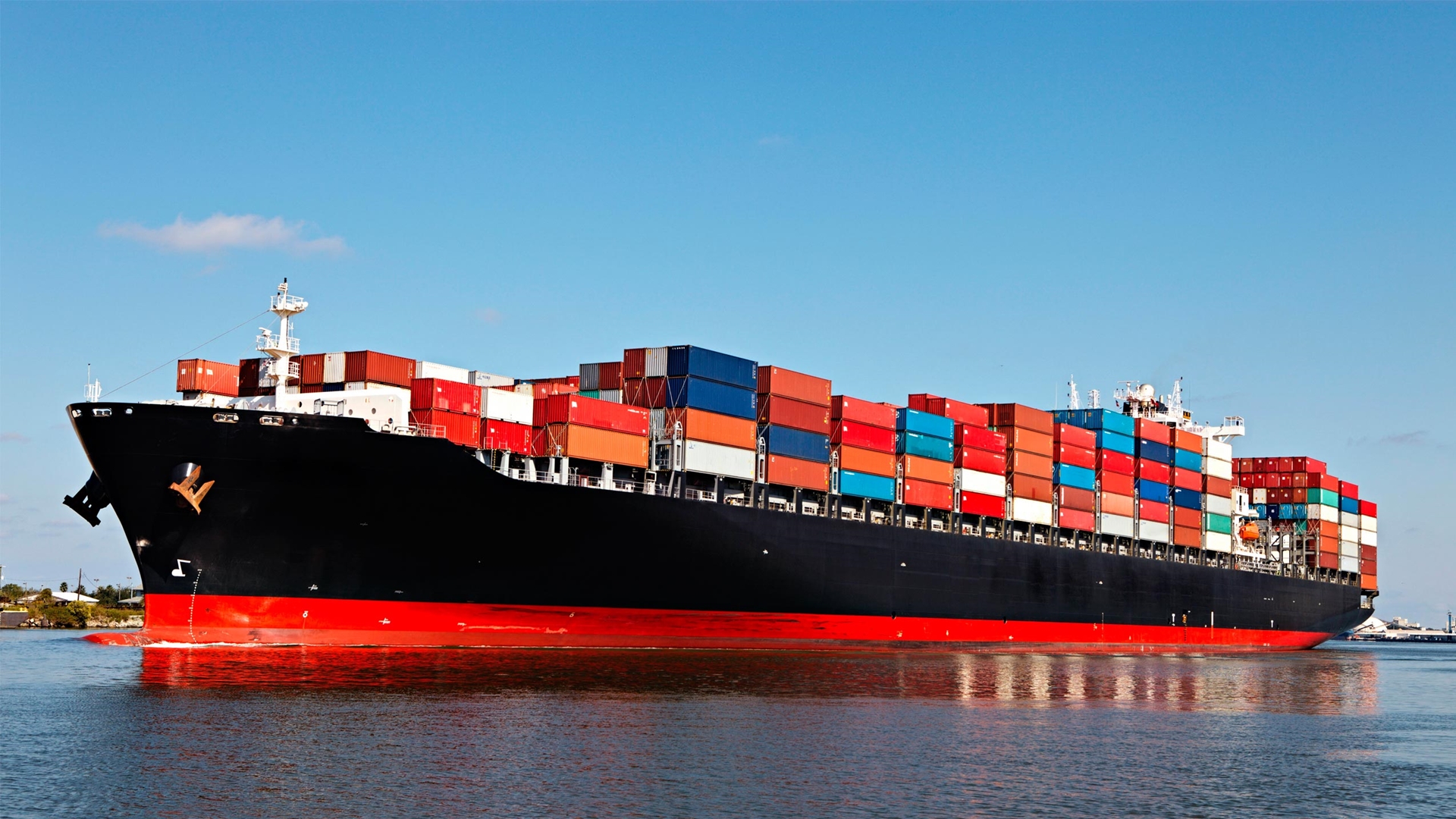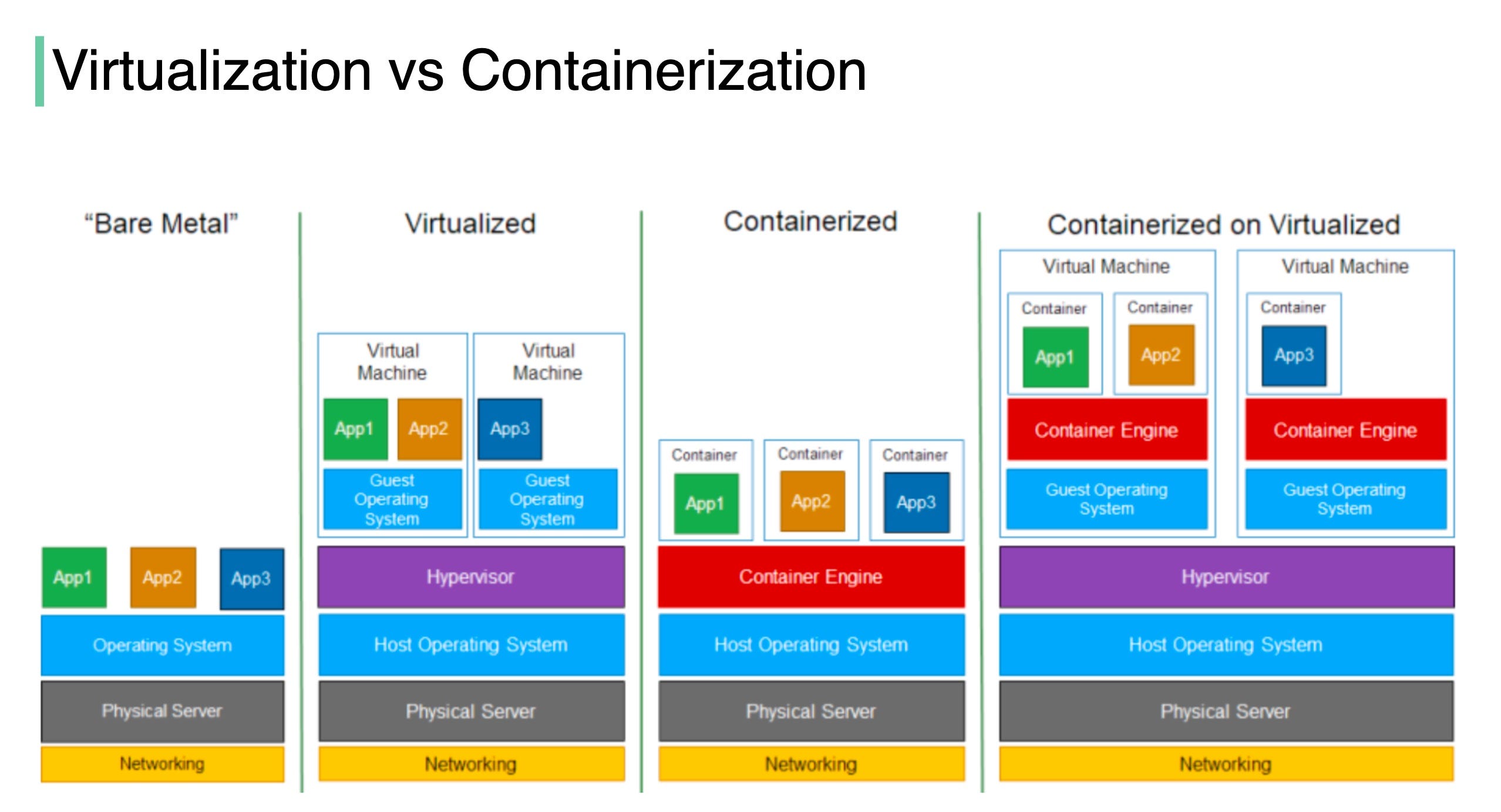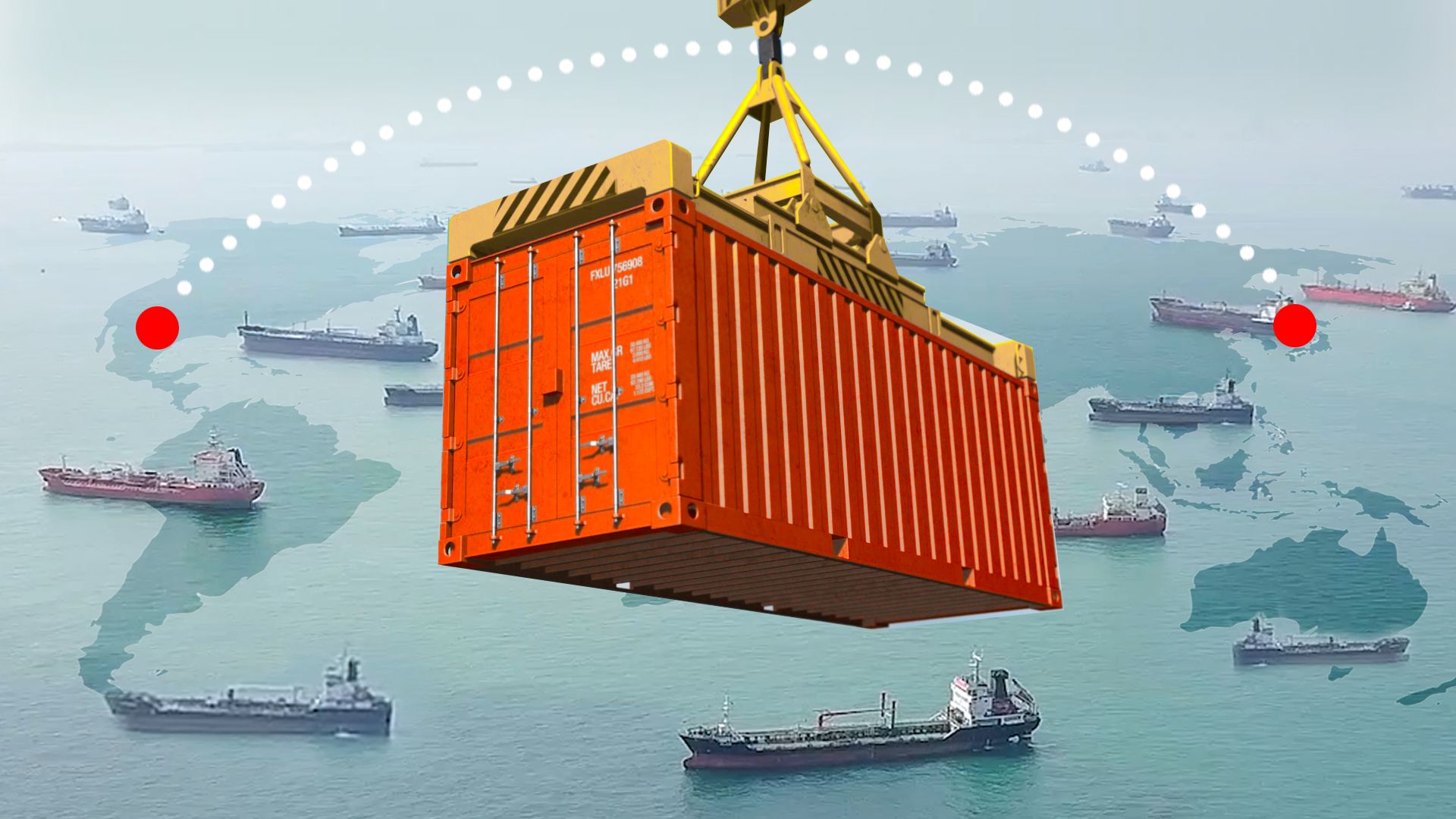ISO containers are standardized, reusable boxes designed for intermodal freight transport. This means they can be efficiently transferred between different modes of transport—ships, trains, and trucks—without the need for unloading and reloading the cargo.
Key Features of ISO Containers:
- Standardization: ISO containers adhere to specific dimensions and specifications, ensuring compatibility across different transportation modes.
- Durability: Constructed from robust materials, they can withstand harsh conditions and repeated use.
- Security: Containers can be sealed and locked, providing protection against theft and damage.
- Stackability: Their design allows for efficient stacking, maximizing cargo capacity on ships and trains.
The Impact of ISO Containers
- Globalization: ISO containers have revolutionized global trade by making it more efficient and cost-effective to transport goods across long distances.
- Economic Growth: The standardization and efficiency of container shipping have contributed to economic growth.
- Supply Chain Optimization: Containerization has streamlined supply chains, leading to reduced lead times and improved inventory management.
The Future of ISO Containers
As global trade continues to grow, the demand for ISO containers is expected to increase. The industry is exploring innovative ways to improve the efficiency and sustainability of container shipping:
- Digitalization: Using technology to track and manage container shipments.
- Sustainability: Investing in cleaner fuels and more efficient ships to reduce environmental impact.
- Automation: Implementing automation technologies to improve efficiency and reduce costs.
ISO containers will remain a crucial component of the global supply chain, shaping the future of international trade.

